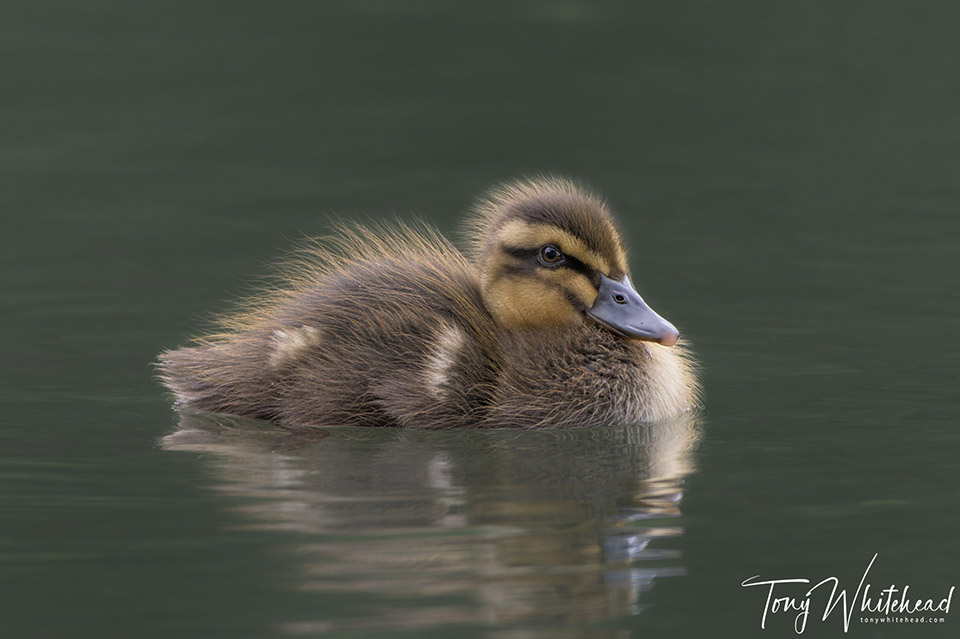
Since having the chance to test the Nikkor AF-S 200-500mm f5.6 ED VR I had thought it the best value wildlife lens for the Nikon system. It had some issues, namely extending zoom, large zoom ring throw and horrible lens hood but for the price was a real bargain in terms of image quality. The Nikkor Z 180-600mm f5.6-6.3 VR is the Z mount equivalent with some significant advantages that I’ve had the opportunity to test recently. It still offers excellent image quality at an affordable price point and addresses some of the issues of the previous lens.
In my experience Nikkor Z lenses in general are a step up in sharpness compared to the F mount versions. This is to be expected with the advantages of the mirrorless Z mount and improvements in lens design. The 180-600mm follows this trend, delivering very sharp images, seemingly losing little against the prime telephotos and matching the S series 100-400mm. It shows an advantage over the 100-400 in being an internal zoom but loses out in weight. Z lenses alway amaze me due to their low weight compared to F mount and while the 180-600mm is a little lighter than the 200-500mm (2300g) it is still quite a heavy lens at 2140g (1990g with tripod collar removed) when compared to the Nikkor Z 100-400mm (1435g). In fairness it is essentially the same weight as the Sony 200-600mm (2120g). The weight is noticeable when compared to the 100-400mm and 400mm f4.5 but it remains a completely handhold-able lens for bird work.
Being an internal zoom the lens doesn’t extend when zoomed so the balance remains essentially unchanged. This was an issue with the 200-500mm which felt front heavy when zoomed out to 500mm. The other zoom improvement is the lovely short throw of only around 70 degrees to the zoom ring. With the 200-500 you had to rotate, change your grip and rotate again to cover the full range with the 150 degrees of rotation required.
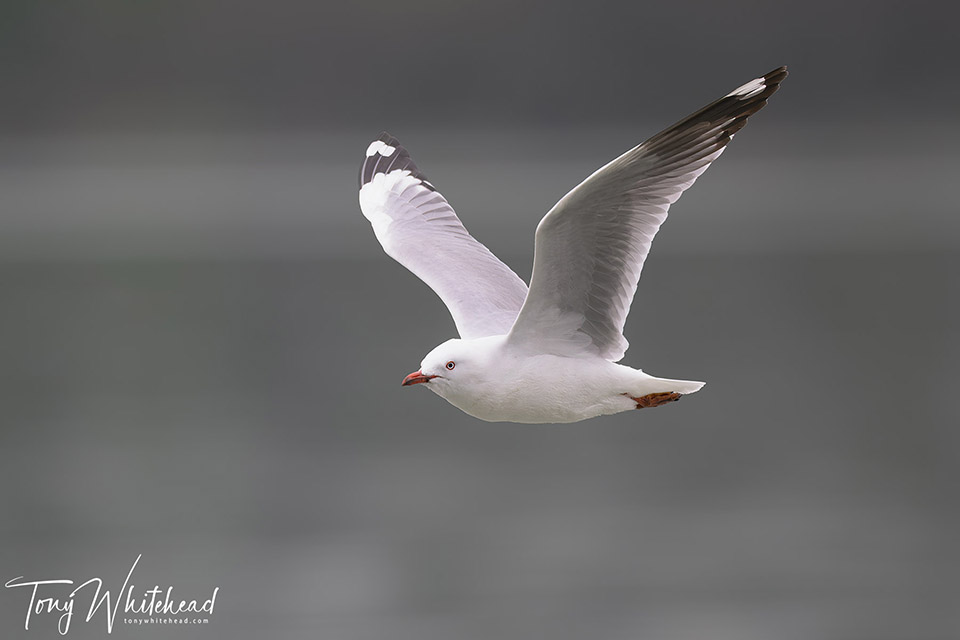
The next advantage is with the lens hood which has the same positive locking mechanism as the 100-400mm, 400mm f4.5 and 800mm f6.3. The 200-500 lens hood was not great and always seemed at risk of falling off – not great when on a rocking boat.
In terms of niggles, the only remaining issue compared with the 200-500 is with the lens foot. As always it is not Arca Swiss dovetailed. This seems like such a simple fix and would be a nice step forward. On the plus side there are 2 mounting screw holes compared to the single one on the 200-500mm so mounting a lens plate is simpler and more secure. I can only think that the major manufacturers have shares in the aftermarket lens accessory companies so have a vested interest in the sale of replacement lens feet and mounting plates.
I have seen some negative comments around the design of the lens foot but it doesn’t bother me. It is easily removable if you want but I prefer to work with it resting in my palm allowing easy finger use of the zoom and, if necessary, focus rings. For my hands it is large enough to use as a handle to carry the lens attached to a Z9.
Compared to the S series lenses, the 180-600 is missing one programmable function button. This is a little frustrating as it is nice to have one to set focus distance and another to recall focus. I don’t use this very often but having to use a camera body button to save focus is a bit annoying. When offset against the price though, this seems a bit picky. The 180-600 is an incredibly capable lens for a very affordable price.
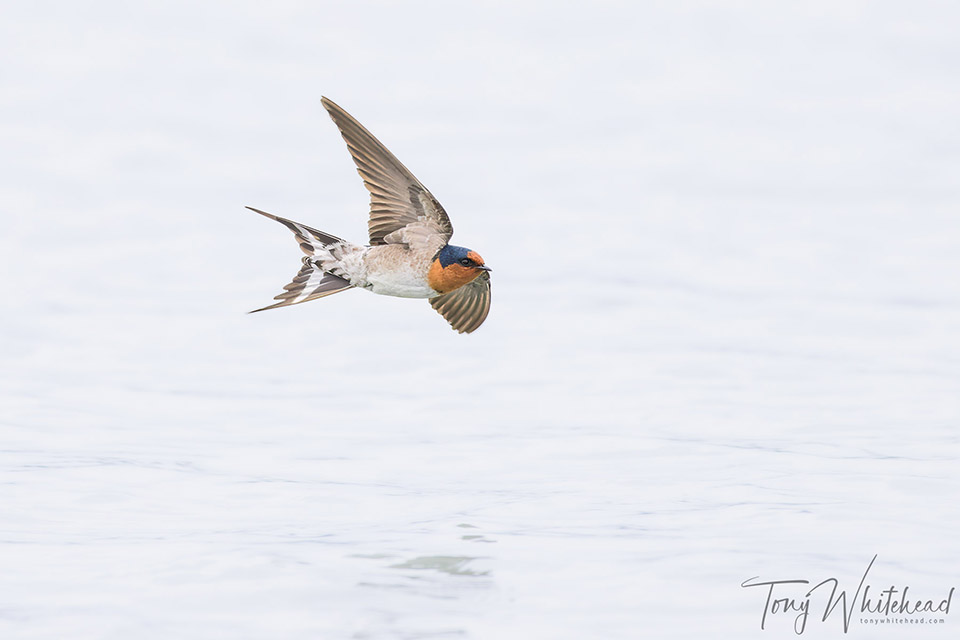
So the bottom line is that we have a very sharp lens with the versatility of a zoom at the expense of increased weight compared to S series lenses, for significantly reduced cost. Where does it fit into the Nikon Z ecosystem? In my opinion, if you aren’t already invested in Z telephotos it is a simple choice – buy the 180-600mm. The value is outstanding. If you already have the 100-400mm or 400mm f4.5, it less clear cut. They both play well with the 1.4x teleconverter and are significantly lighter. The 100-400mm gives a significantly wider view which can make a big difference in compositional opportunities. In my way of working (which is a bit of a habit I’m trying to break), for birds I am almost always at the long end so there is little advantage over the 400mm f4.5+1.4x in terms of reach but with a significant weight penalty. If having to accommodate mammals as well, the 180-600 would be the obvious choice. If I were heading back to Africa or Antarctica it would be the first lens into my bag. It reminds me of when my Nikkor 200-400mm f4 on a D300 was my setup. More range, better image quality and much lighter!
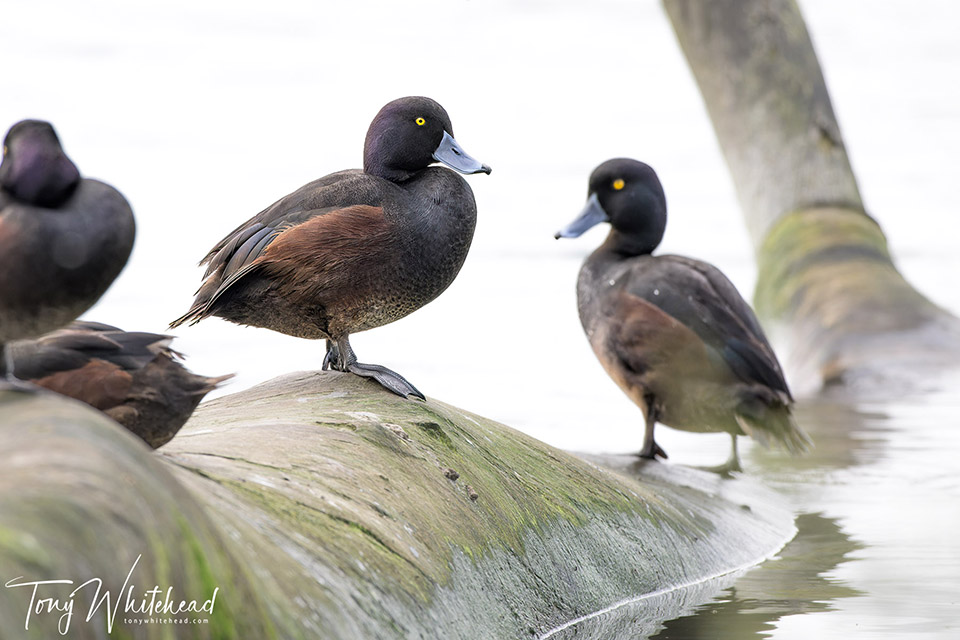
I am continually in the search for a simple travel setup that will not leave me regretting leaving the 800mm behind. That is a rather unrealistic expectation but at this stage I think the Nikkor Z 180-600mm f5.6-6.3 may be the best approach to this problem. For dedicated bird photography travel the 800mm needs to travel with but, especially for extended travel for other reasons but with a chance of birds the 180-600mm would leave little to be desired.
All photos with Nikon Z9 and Nikkor Z 180-600mm f5.6-6.3
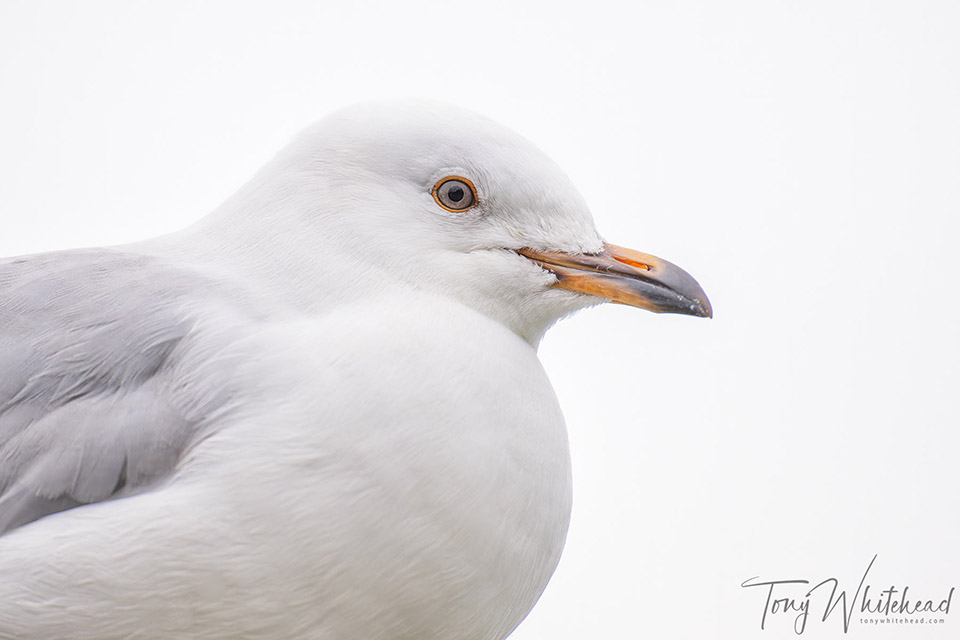
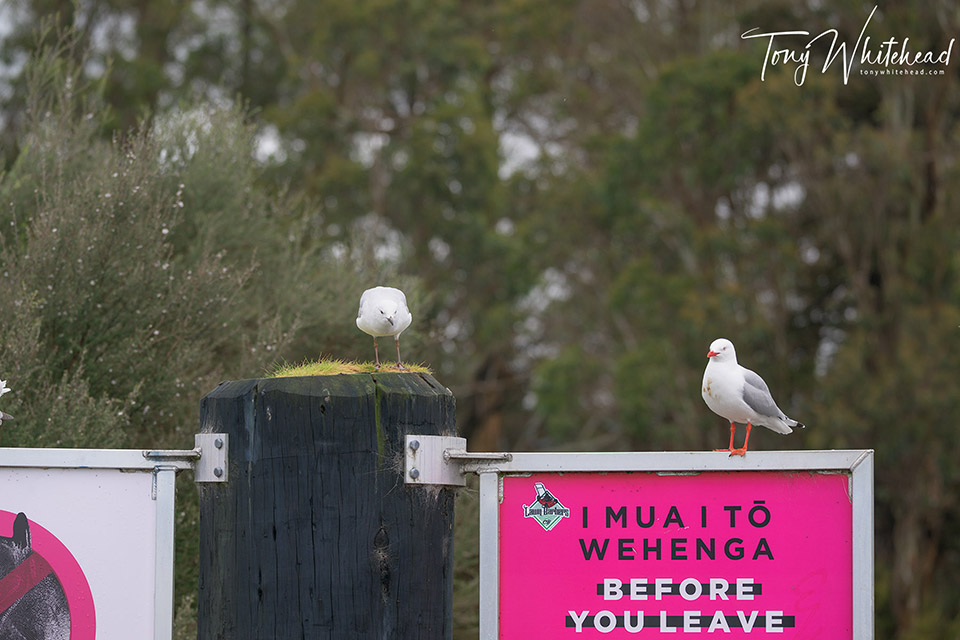
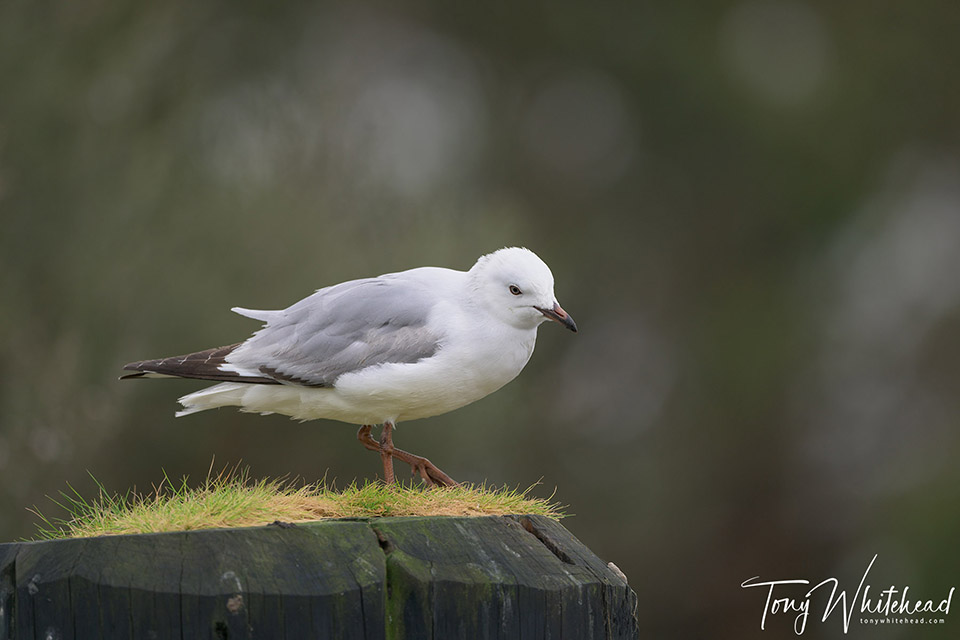
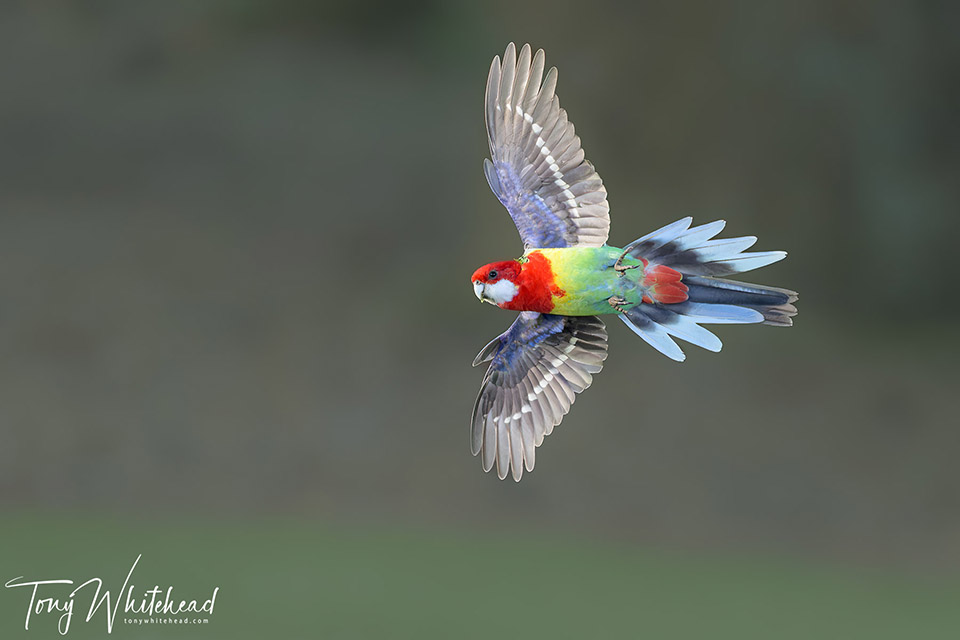


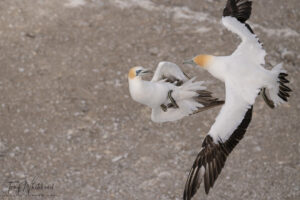
Frank Gradwell
15 Oct 2023Thank you for your very useful thoughts on this lens. For the price it seems a very good deal. I crave the 400mm f4.5 but perhaps will settle for this and just keep my old 300mm f4 pf with 1.4TC.
tony
22 Oct 2023Thanks Frank. The 300PF and TC are a great combo. I still have mine to use with my D500.